Joe Bonamassa: “I want to start ticking off a bucket list of accomplishments and statements I want to make before I hang it up”
The blues-rock guitar icon on slide, Redemption and hanging up his axe

He’s one of the world’s hardest-working guitarists and an on-the-level ’Burst-wielding hero to an army of fans. But Joe Bonamassa is the first to admit that flying high attracts a lot of flak, too.
Principled, introspective and still obsessed with guitars, the man behind the mirrored shades is probably not who you think he is. As Joe contemplates a future in which he may even quit music, we join blues rock’s king of the hill...
Backstage at Plymouth Pavilions the hubbub of a sizeable audience taking their seats can be heard, rising steadily in volume as showtime nears. Backstage, the man they’ve come to see has donned his suit and is gazing at the walls of his dressing room, reflecting on his future in music.

“The picture on the wall was hanging there last time we were here,” he observes. “That was two years ago. It fucking seems like yesterday. If you work at a certain pace, you blink your eyes and you’re 40. Actually, I’ll be 42 in a few months. That can’t be how it works because one day you wake up and you’re 70 and you’re, like, ‘Oh, shit.’ Bash out the blues-rock… and that’s it? It’s been wonderful throughout, even during the skint times and whatever. It’s a wonderful way to make a living… But in every person’s life there’s an Act Two,” he reflects.
“I’m 30 years into this thing and between the live records and everything else, there are 38 albums out, 21 of which have gotten to No 1,” he adds. “I don’t need to make another record, ever… But what I want to do is start ticking off a bucket list of things I want to accomplish and statements I want to make before I hang it up. I don’t know. I’m not the guy who is going to be around in maybe 10 years or certainly not in 20.”
This is an unexpected admission from a man with a seemingly invincible work ethic. But the subject is evidently something he’s given a lot of thought to. To Bonamassa’s detractors, his relentless tours and album releases are evidence that it’s all about the money, not the music.
Joe’s response to that, figuratively speaking, is a phlegmatic shrug. He knows that success brings accusations of selling out - but he certainly doesn’t seem like a man with a faulty moral compass when it comes to musical integrity.
Want all the hottest music and gear news, reviews, deals, features and more, direct to your inbox? Sign up here.
“It has to feel right and it has to be honest,” he concludes. “The fans that have been with me since day one expect an honest gig. And if it isn’t an honest gig, then what the fuck am I doing?
“I know people just begrudgingly go out there every night and turn out the hits. You’re like, ‘Man, you’re lucky to have a hit. I’ve never had a hit song.’ [And they’ll reply by saying,] ‘You don’t know what it’s like.’ I never will, but okay, the grass is always greener. I get it. It’s a drag sometimes. But to just rack up the stats doesn’t do it for me. It shouldn’t do it for anybody else. But I know for some people it’s all about being carved into the classic-rock Mount Rushmore and it’s all about legacy and bullshit.”
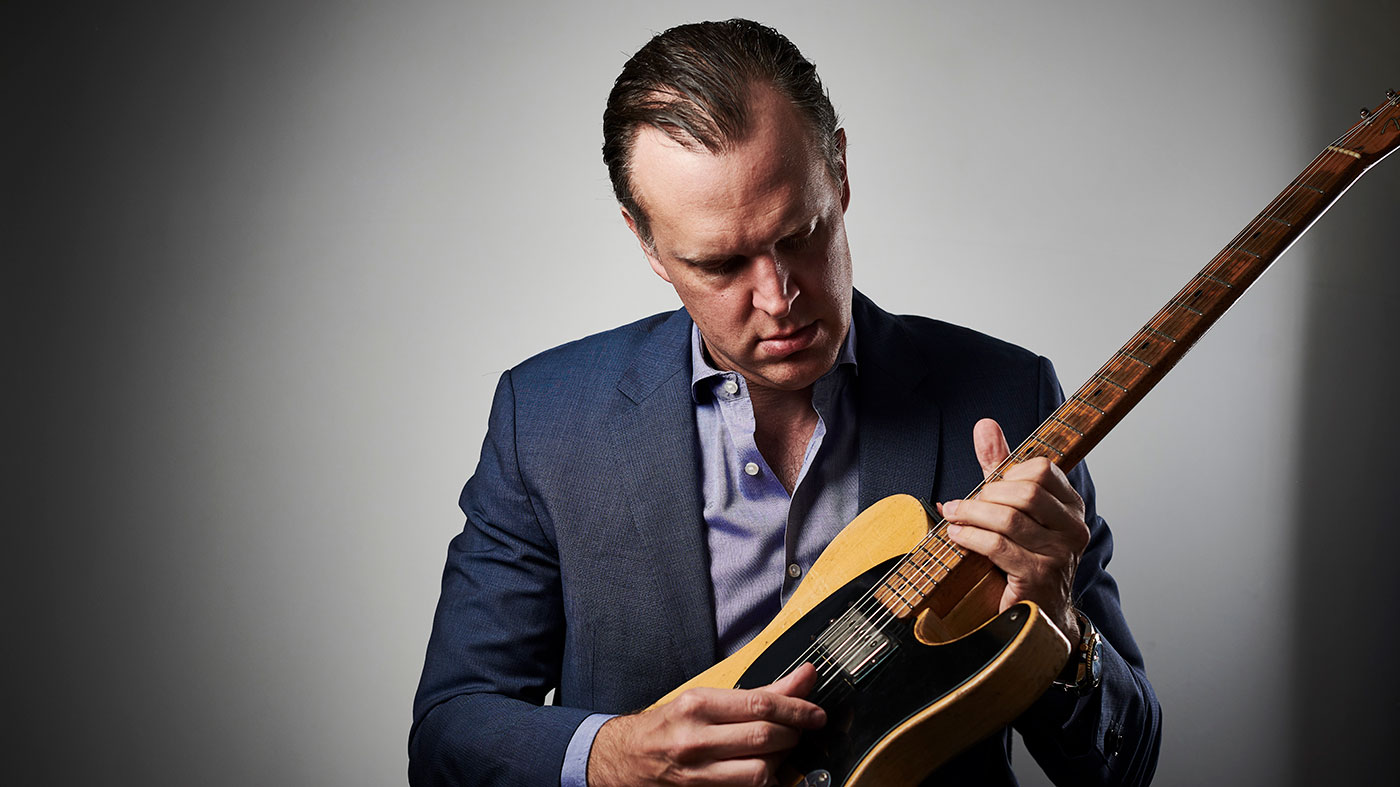
Instagram famous
Likewise, Joe is ambivalent about the effect of social media on the world of guitar music, citing it as a distraction.
“People said, ‘Joe, you’ve got to start an Instagram page’. I said, ‘Listen, let me tell you something very honestly. The world doesn’t need any more Joe Bonamassa. The world doesn’t need more social media and it certainly doesn’t need Joe Bonamassa’s fucking Instagram page.’ So I did it begrudgingly and I said, ‘It’s all going to be guitar porn.’”
Everything that you’ve done for almost 38 years now, since Santa brought me a guitar when I was four, is judged on a 55-second Instagram video
More damningly, he argues that the bite-sized nature of social media posts means that guitarists get reduced to memes rather than artists with a decades-wide career. “The way that [social media] culture works is your entire life’s output, career…everything that you’ve done for almost 38 years now, since Santa brought me a guitar when I was four, is judged on a 55-second Instagram video,” he says.
Perhaps appropriately, soul-searching is the central theme of Bonamassa’s latest album, Redemption. Everyone who heard it in the office remarked that Joe seems to have dug a little deeper for this one. His vocal delivery is stronger and seems to have picked up a touch of country twang, possibly a side effect of owning a home in Nashville.
His playing, meanwhile, is on career-peak form. Even if you don’t care for his brand of muscular modern blues, there’s a palpable sense that Bonamassa’s committed himself to the hilt on this one.
“There was a bit of a depth in it,” he admits. “That didn’t occur to me at the time, but it was subconsciously coming out. I think Self-Inflicted Wounds was a good example of that. I didn’t realise that some stuff in my life was coming to a head and needed to be addressed. One thing I realised was that the pace was unsustainable. I’m not 30 any more. That only works until it doesn’t. That’s only fun until it’s not. It became apparent that it wasn’t working, all at the same time, in a very short period.”
Ironically, hitting a wall resulted in a record that goes off in plenty of new directions: from the backwoods balladry of The Ghost Of Macon Jones to the full-tilt boogie of King Bee Shakedown, which sees Joe tearing it up on slide. Did we hear that right? We don’t recall him letting rip with a bottleneck before…

Sliding scale
“I try to avoid playing slide at all costs,” Bonamassa confesses, dryly. “Kevin [Shirley, producer] always goes, ‘Play the slide.’ And I’ll say, ‘I don’t want to. Can I throw this thing away?’ My favourite slide players are Ry Cooder, David Lindley and Jeff Beck - those three. Ry Cooder, he plays one thing and it’s soul-melting.”
Needless to say, the guitar sounds on the record emanate from the lungs of some pretty choice amps. “I had four Twins and a Dumble in the studio,” he says. “Sometimes I’d use two Twins and a Dumble or sometimes I’d use a Dumble and a Twin or a Dumble and a Bluesbreaker. It’s basically mid-stacking: amps with throatier tones versus brighter Fender things.”
At this point, a crew member appears at the door and informs Joe that he has one minute until he needs to be on stage. Bonamassa calmly glances at his watch, bids us farewell and strolls out of the dressing room as if he was just stepping out to use the vending machine. A few seconds later, the band strikes up.
Even down here in the bowels of the backstage area you can hear Joe belting out the opening number at full intensity - and it’s as if he’d been warming up in the wings for the past 30 minutes. The walls shake with the sound of Fender Twins at full chat and the relentless throb of the kick drum.
The small group of people remaining in the dressing room glance at each other, every one thinking the same thing: it’s remarkable how quickly Bonamassa can flick on the high-beams of his talent and start motoring up the road to Redemption with the tacho buried in the red. It’s both a sign of how gig-fit he’s become over the past three decades, but also, just maybe, a sign that he could afford to take the next exit and travel along some slower, less-travelled musical roads if he wanted to. He’s certainly covered enough miles.
Redemption is out now via Provogue. Joe plays Glasgow Armadillo on 22 April and London’s Royal Albert Hall from 24 to 26 April. Tickets are available from www.jbonamassa.com/tour-dates
Joe's live guitars
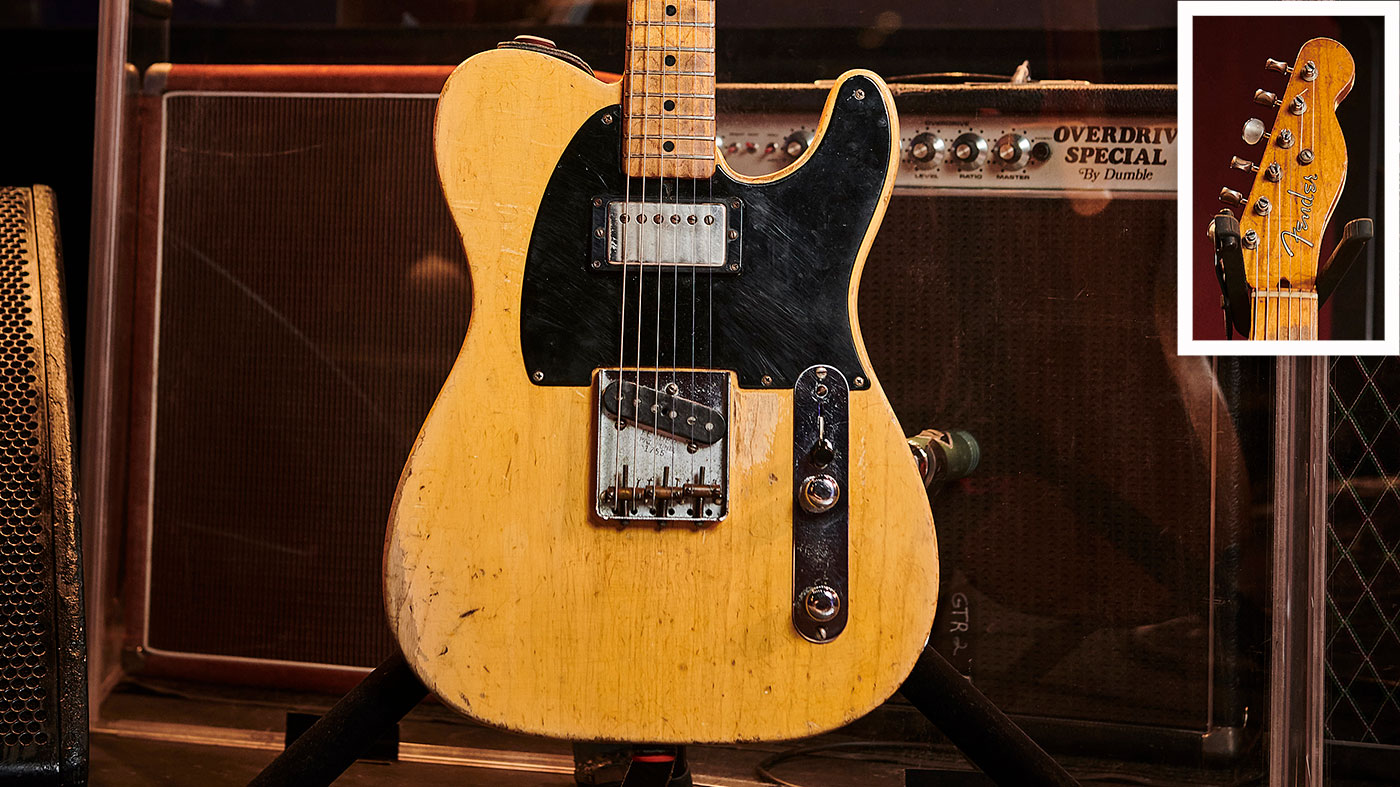
1951 Fender Nocaster
“This came into Guitar Center in Hollywood about four or five years ago. It was a guy, and I think he took it to a few different shops in LA and nobody wanted it because it had a humbucker. Most people would restore something like that. Guitar Center took it in and hung it on the wall. I walked in and went, ‘Whoa, that’s right up my alley.’ There’s something about that Nocaster that’s a cut above the rest… There’s something about that lead pickup that’s a cut above.
“So, that’s the one I play. The humbucking pickup in the front is out of an SG Custom, like a 1961, so it’s got a gold cover. It doesn’t look like gold, but it’s gold. It’s a PAF, but it’s an SG. I know this because I bought the harness, with all the papers, from a guy in South Africa who found it in the trash. Anyway, it’s sort of phased in a really nice, funny, cracky way in the middle.”
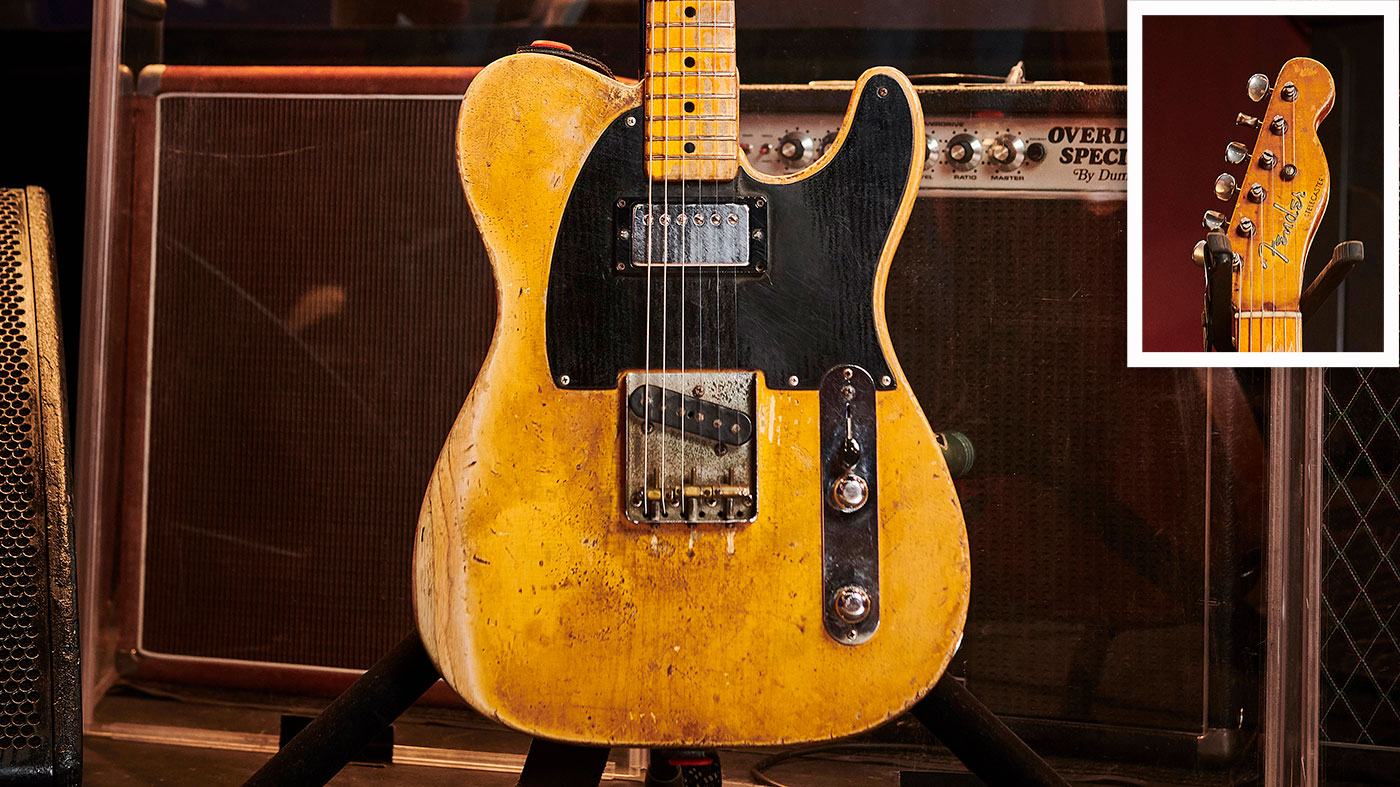
1952 Fender Telecaster
“The second Tele is a ’52 and that belonged to Terry Reid and that was his guitar. He had bought it 50 years ago almost to the day. He was on tour with Cream in the US on the Farewell Cream tour, and he bought it in Chicago. By the time he made it to Manny’s Music he said the front pickup died, so Manny’s put the humbucker in and that’s how it’s been for 50 years.”
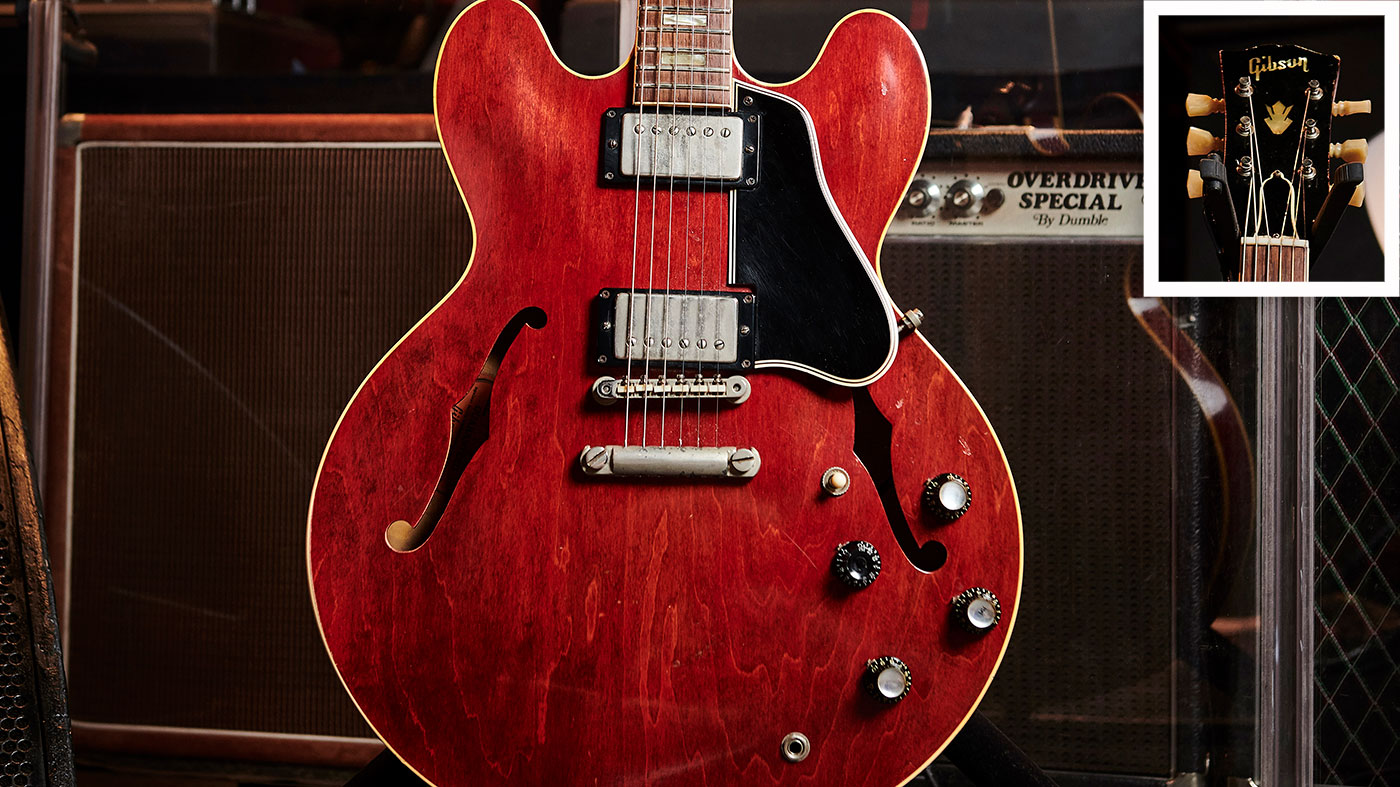
1962 Gibson ES-335
“This is my main 335. Half the night I hate the fucking thing. It howls, it doesn’t sound right. Then, there are nights where it redeems itself and it’s brilliant. I bought the guitar in England, in Brighton, on my last tour. It was from a guy who bought it in ’74. He wrote to Gibson to ask, ‘What year is it?’ and they said it was a ’59. Gibson was shit [at dating instruments] back then, because it’s a ’62. It’s either brilliant or it’s just this howling piece of shit. It’s the bee’s knees, really, but I don’t know what guitar I’m going to get. It’s weird with the 335s, especially outside in the summertime: you do not know if the guitar will work on a day-to- day basis. Sometimes the pickups just stop working. Moisture gets in the switch and it’s just, ‘Oh, it’s not working today.’”
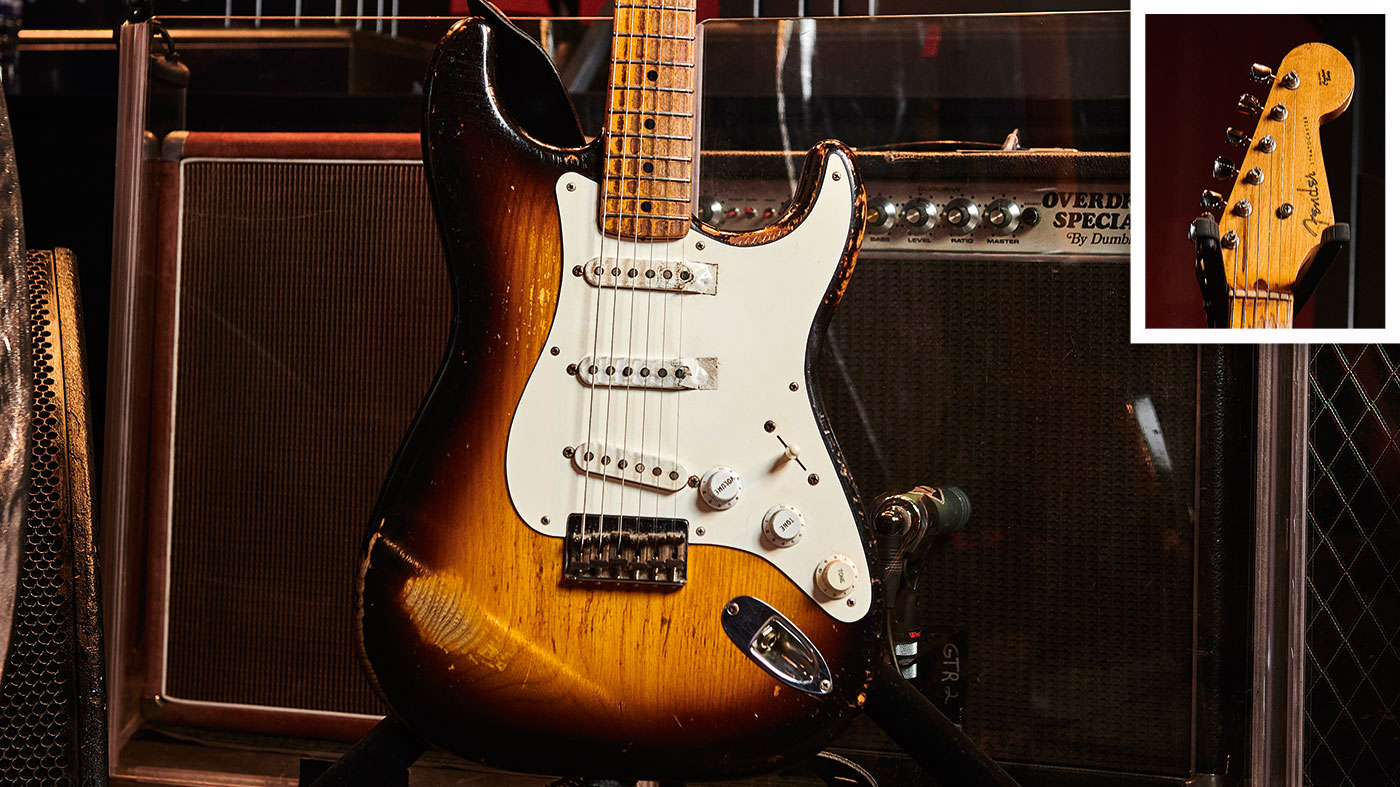
1955 Fender Stratocaster
“That’s the best Strat I own. That’s the ’55 hardtail I’ve had for years and it is the best Strat I own overall. It’s got ’66 pots in it. There’s an extra 10 per cent in that Strat that I’ve never heard on any other Strat, maple neck, rosewood neck, there’s just something about it…”
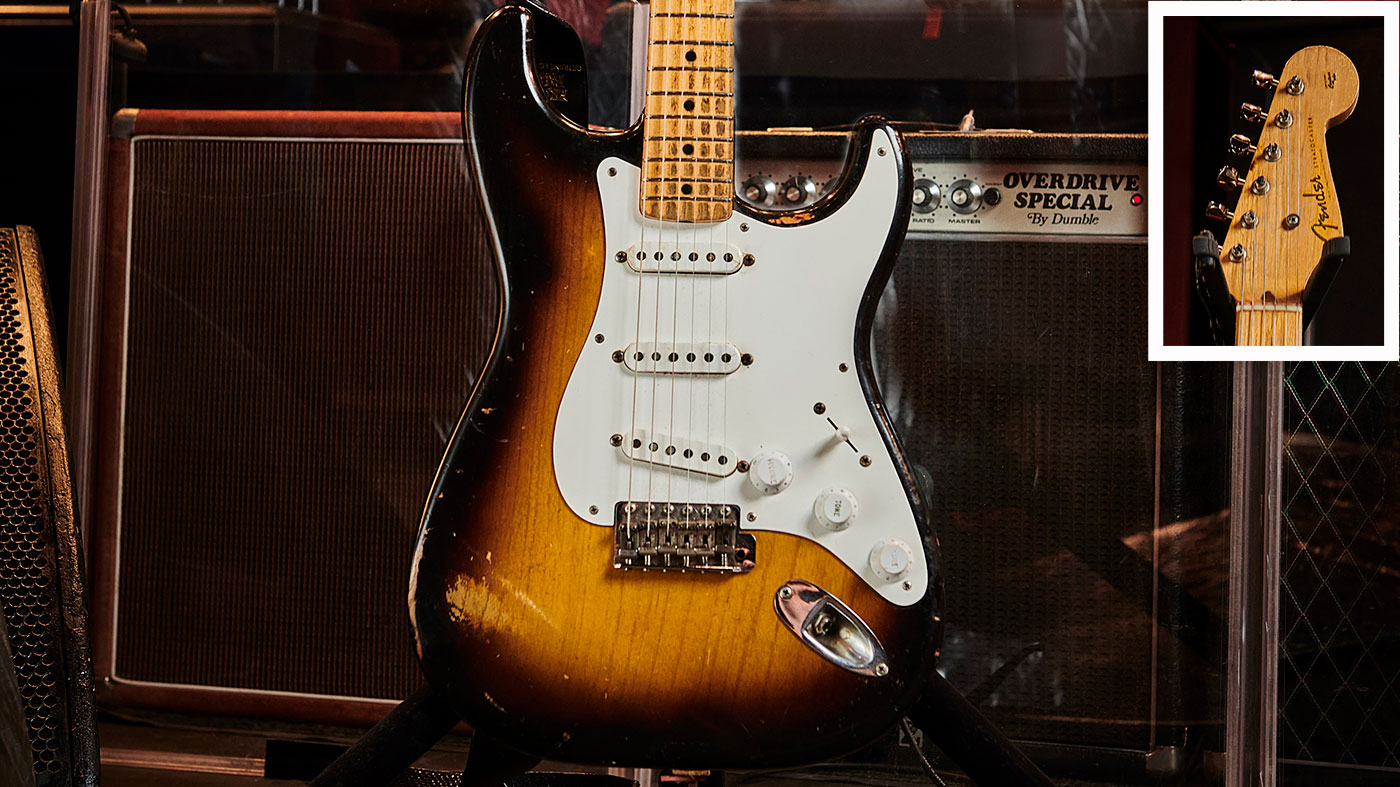
1956 Fender Stratocaster
This non-hardtail Fender Strat is a bit of a curiosity as it’s a 1956 model with a very early factory refinish dating to 1957. The brittle plastic of the early pickups needs repeated maintenance with repair tape to keep it from disintegrating.

1967 Gibson ES-355
This striking semi was bought from the family of one of Joe’s road crew, Zach Tickler. The finish is Sparkling Burgundy. The guitar is, unusually, a mono model with no Varitone. It’s nicknamed the ‘Zach-caster’ and Joe strings it with flatwounds.
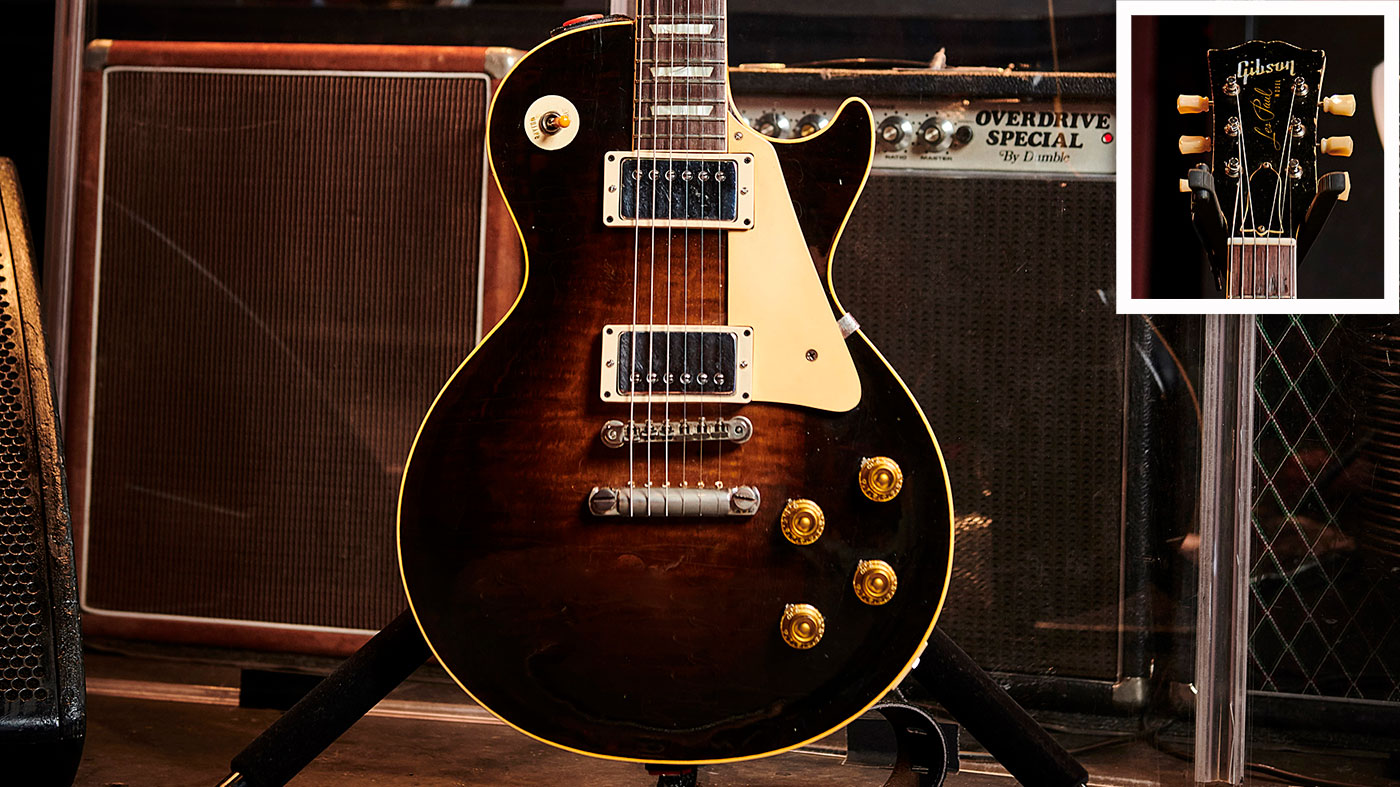
1956 Gibson Les Paul
Originally built as a dark-back Goldtop Les Paul equipped with P-90s, the guitar came to Joe with a DiMarzio Super Distortion humbucker fitted in the bridge, so he theorises the original finish may have been removed in the late 70s.
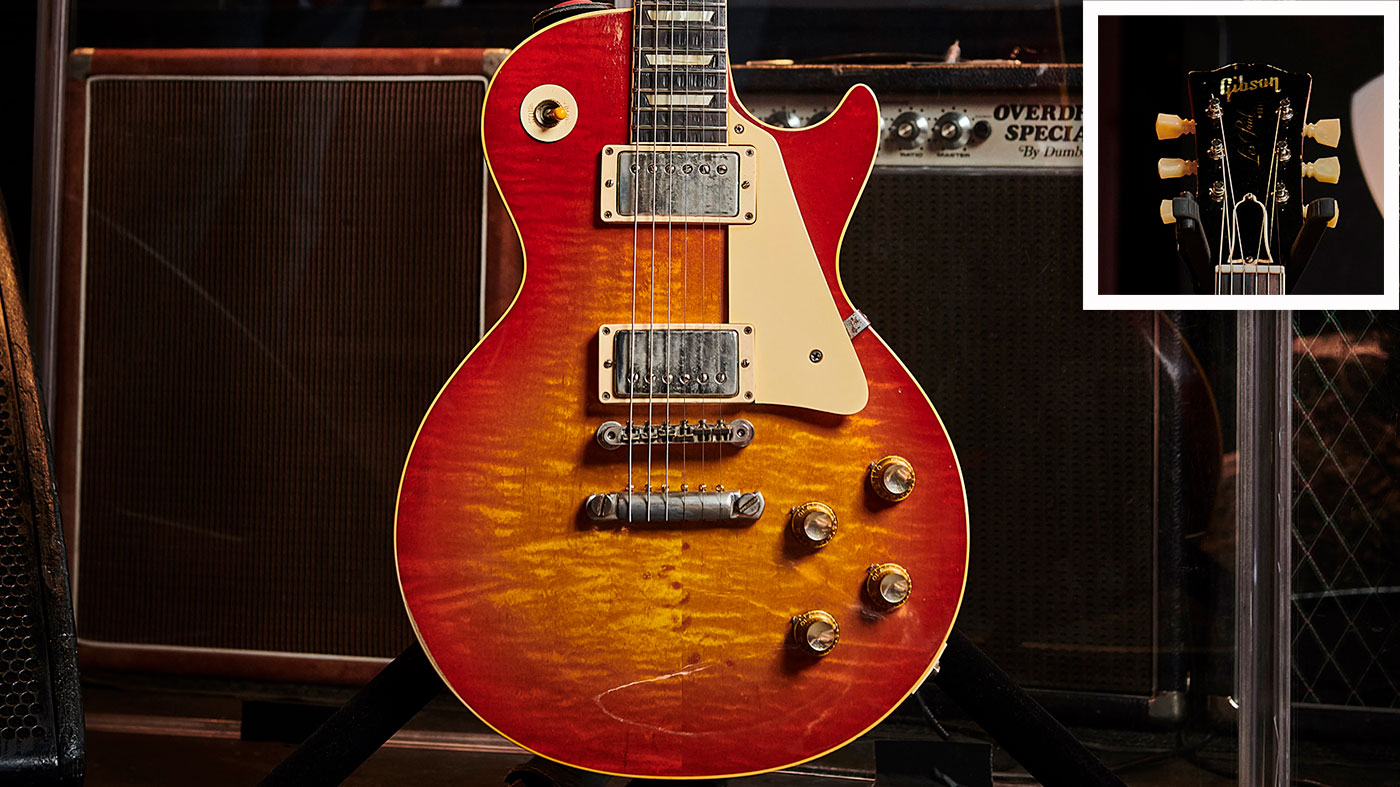
1960 Gibson Les Paul
This is the ’Burst that Joe dubs ‘The Runt’, serial 07453. It was bought from a seller in South Africa, where it had been used on many folk recordings over the years. Non-original tuners and a home-applied Gibson logo have since been removed!
Jamie Dickson is Editor-in-Chief of Guitarist magazine, Britain's best-selling and longest-running monthly for guitar players. He started his career at the Daily Telegraph in London, where his first assignment was interviewing blue-eyed soul legend Robert Palmer, going on to become a full-time author on music, writing for benchmark references such as 1001 Albums You Must Hear Before You Die and Dorling Kindersley's How To Play Guitar Step By Step. He joined Guitarist in 2011 and since then it has been his privilege to interview everyone from B.B. King to St. Vincent for Guitarist's readers, while sharing insights into scores of historic guitars, from Rory Gallagher's '61 Strat to the first Martin D-28 ever made.


